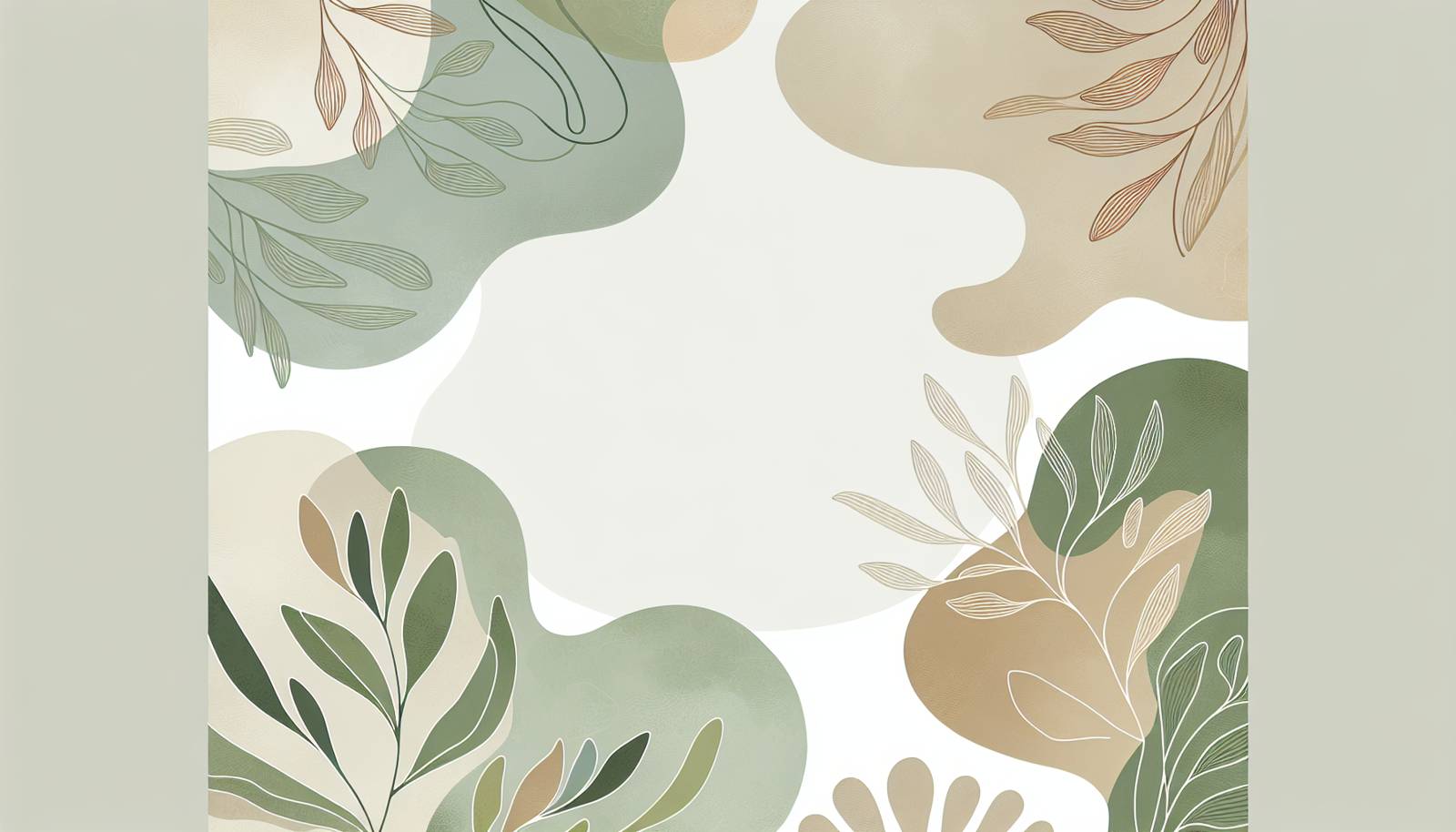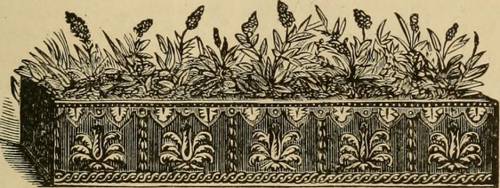
FAQ About Indoor Plant Structural Support Systems

What are indoor plant structural support systems?
Indoor plant structural support systems provide support to plants to prevent them from toppling over, especially as they grow taller or develop larger foliage. These systems can include staking, trellising, or using other frameworks to help keep the plant upright and stable. They not only add to the aesthetics of indoor gardens but also contribute to the overall health of the plants by ensuring adequate support for growth.

Why do indoor plants need structural support?
Indoor plants need structural support for several reasons: to prevent toppling under their own weight, especially for taller and larger specimens; to guide growth in a particular direction, especially for climbing plants; to enhance exposure to light; and to maintain an aesthetic appearance by keeping plants upright and orderly. Additionally, structural support can prevent damage to the plant and its surroundings.

What materials are commonly used for indoor plant support?
Common materials used for indoor plant support include wood, bamboo, metal, and plastic. Wood and bamboo are popular for their natural appearance and environmental friendliness. Metal supports are durable and can add a decorative aspect, while plastic options are often lightweight and versatile. Choosing the right material depends on the plant’s size, weight, and aesthetic preference.

How can a trellis be used indoors for plant support?
A trellis can be used indoors to support climbing plants by providing a vertical framework on which the plant can anchor itself. Indoor trellises are typically smaller than outdoor ones and can be free-standing or attached to a pot or wall. This structure not only supports the plant but can also serve as a decorative element in home interiors.

Can structural support systems improve plant health?
Yes, structural support systems can significantly improve plant health. By providing the necessary support, these systems reduce the risk of stem breakage and leaf damage, promote better light exposure, and can ensure even distribution of growth. Moreover, supported plants are less prone to diseases and pests due to improved air circulation around the foliage.

What are some innovative techniques for providing structural support to indoor plants?
Innovative techniques for providing structural support to indoor plants include using modular stacking systems, integrated lighting supports, and smart sensors that adjust support mechanisms based on plant growth. These advanced methods offer not only support and stability but also include features like lighting adjustments and real-time monitoring for optimal plant care.

How do you choose the right type of support for an indoor plant?
Choosing the right type of support for an indoor plant involves considering the plant’s size, growth pattern, and specific needs. Climbing plants may benefit from trellises, while tall, upright plants need stakes or cages. Also, consider the material and design that complements your home decor. Understanding the plant’s habits and growth potential will guide you in selecting the most appropriate support system.

Is it necessary to support all types of indoor plants?
Not all indoor plants require support. The necessity depends on the plant’s natural growth habit, size, and the environment in which it is grown. Plants that naturally grow upright and have sturdy stems, like many succulents, often do not need additional support. Conversely, vining plants, climbers, and those with heavy blooms may benefit from structural support systems.

How do I secure a stake without damaging the plant?
To secure a stake without damaging the plant, carefully insert the stake into the soil at a slight distance from the main stem and gently tie the plant to the stake using soft ties or plant clips. Ensure that ties are not too tight to prevent girdling. Regularly check and adjust the ties as the plant grows to avoid constriction and ensure sustained support.

What are the benefits of using a plant cage for indoor plants?
Using a plant cage offers several benefits, including providing comprehensive support for the plant as it grows, especially for bushy or floppy plants. Cages enable a 360-degree support system that can help manage a plant's volume, improve sunlight penetration, and reduce the risk of breakage. They also help maintain the shape and aesthetics of the plant.

Can you use hanging supports for indoor plants?
Yes, hanging supports can be used for certain types of indoor plants, especially trailing varieties like pothos or ivy. These supports help maximize vertical space and can enhance the visual appeal of a room. Hanging supports may include mounted brackets, macramé hangers, or specialized hanging planters that allow plants to cascade naturally.

What is the role of moss poles in indoor plant support?
Moss poles play a crucial role in supporting indoor climbing plants such as Monstera and Philodendron. The pole provides a natural surface for aerial roots to attach to, promoting a healthy climbing habit and robust growth. Moss poles can retain moisture, providing a humid environment that benefits many tropical plant species.

How do I install a trellis for an indoor plant safely?
To install a trellis for an indoor plant safely, first choose a sturdy, stable base that will support the trellis structure and the weight of the plant. Position the trellis securely within or behind the plant pot. As the plant grows, gently guide and attach its stems to the trellis using clips or soft ties, ensuring they are not too tight.

What are some aesthetic benefits of using plant supports indoors?
Plant supports can significantly enhance the aesthetic appeal of indoor spaces. They help to organize plants, creating a neater and more structured display. By using decorative supports like ornate trellises or aesthetically pleasing stakes, plants can become focal points in interior decor. Additionally, supports can facilitate vertical gardening, optimizing space usage and adding height variation to plant displays.

Are there any disadvantages to using indoor plant supports?
While there are many benefits to using indoor plant supports, potential disadvantages include the initial cost, the need for ongoing maintenance and adjustment as plants grow, and the possibility of damaging plants if supports are not properly installed. Additionally, poorly chosen or unattractive supports might detract from the aesthetics of an indoor setting.

How often should I adjust the supports for my indoor plants?
The frequency of adjusting supports for indoor plants largely depends on the plant’s growth rate. Fast-growing plants may require more frequent checks and adjustments, potentially every few weeks. For slower growing plants, adjustments might only be needed every few months. Regular monitoring ensures supports continue to provide adequate and non-damaging support as plants change.

What types of indoor plants benefit most from structural support systems?
Indoor plants that benefit most from structural support systems include climbing plants (e.g., Philodendron, Pothos), tall vertical growers (e.g., Ficus, Dracaena), heavy bloomers, and those with weak or long stems that tend to flop over (e.g., Peperomia, Begonia). Providing support helps these plants maintain their shape and encourages healthier growth patterns.

Can DIY solutions be effective for indoor plant support?
DIY solutions can be quite effective for indoor plant support. Common household materials like bamboo sticks, recycled wire mesh, or even string and twine can be crafted into functional and customized supports. DIY supports offer a cost-effective and personalized option to cater to specific plant needs while allowing for creativity in design.

How can I prevent my indoor plant support system from becoming a breeding ground for pests?
To prevent plant support systems from becoming a breeding ground for pests, regularly clean and inspect the supports along with the plants. Avoid using support materials that retain moisture unnecessarily, as this can attract pests. Ensure that ties or clips are not too tight, as tight bindings can cause damage and invite infestation. Keeping supports dry and exposed to air circulation helps minimize pest problems.

Are eco-friendly options available for indoor plant supports?
Yes, there are eco-friendly options available for indoor plant supports. Materials such as bamboo and sustainably sourced wood offer environmentally conscious choices. Recycled metal or plastic supports are also available, and natural fibers such as jute or coir can be used for tying and securing plants. These options minimize environmental impact while providing effective plant support.
